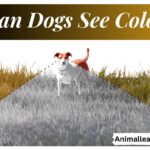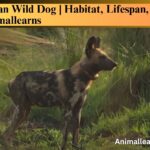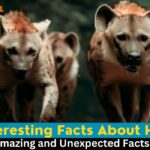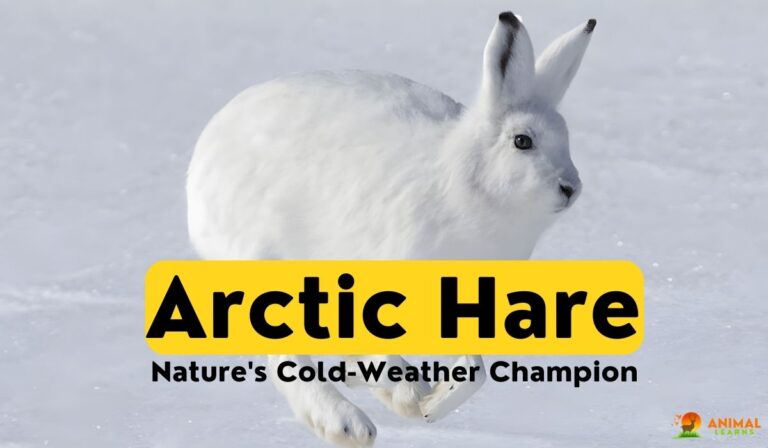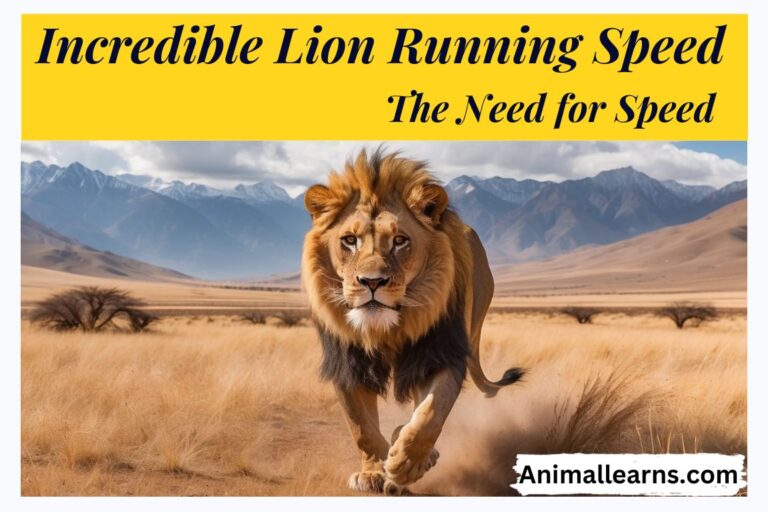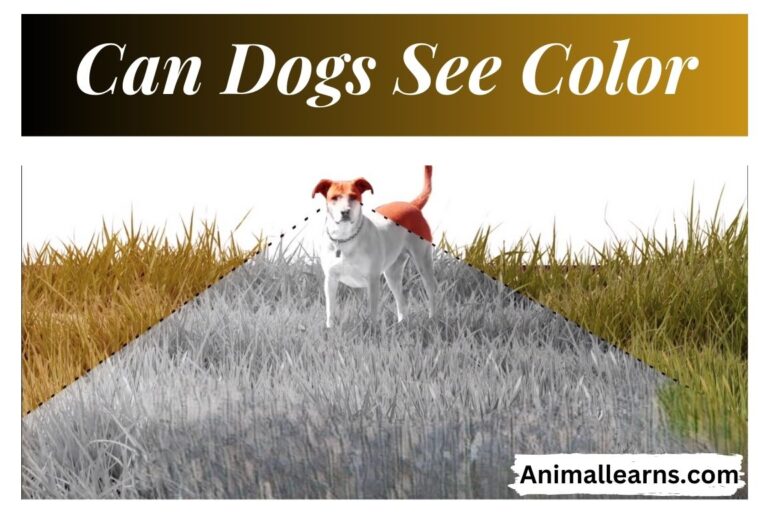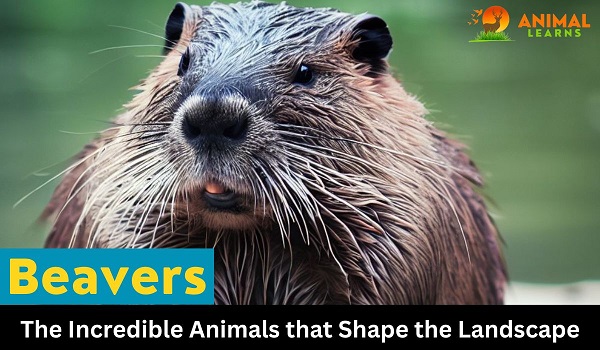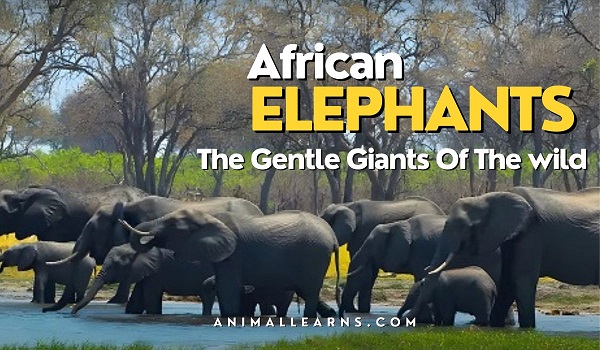Top 25 Animals With 3 Letters
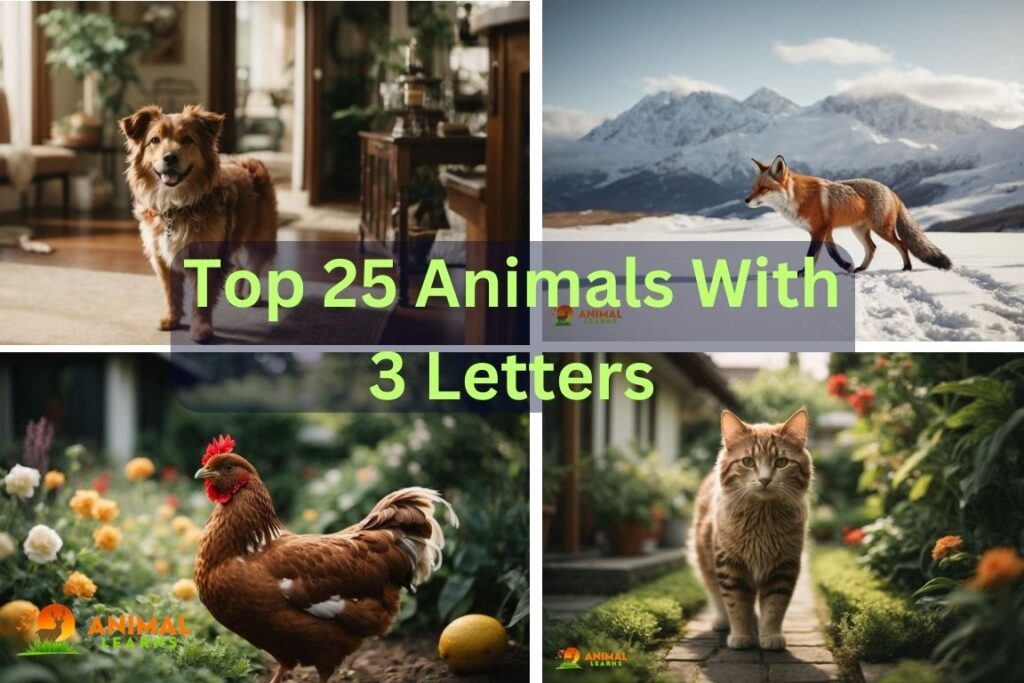
You’ve reached the perfect spot if you have an interest in animals with 3 letters names. Lots of animals, from wild to pet ones like cats and dogs.
Although conventional names like dog and cat may immediately spring to mind, the animal realm is home to an extensive number of other amazing three-letter names.
There are currently more than 8.7 million animal species around the world. Exploring them may be fascinating as well as enjoyable. They may be divided into groups based on many characteristics, such as their diet and habitats, and you can even classify them from largest to smallest. The amount of letters in their names is the sole connection among several of these species.
Discovering Miniature Marvels: Animals with 3 Letters
Contents
The animal kingdom’s linguistic quirks come to light when you explore animals with three-letter names. While it may seem restrictive, these creatures exhibit immense diversity.
From the agile cat to the nimble fox, nature has a knack for fitting remarkable characteristics into compact labels.
The more familiar dog and cow stand beside lesser-known members of the three-letter club. Delving into the world of these diminutive wonders offers a delightful journey for both wordsmiths and wildlife enthusiasts.
So, grab a “Baby Animals 3 Letters Word Search” and get ready to explore these pocket-sized marvels.
| Name | Name |
| 1. Cat | 14. Eel |
| 2. Dog | 15. Hog |
| 3. Fox | 16. Jay |
| 4. Bat | 17. Ram |
| 5. Rat | 18. Yak |
| 6. Cow | 19. Kob |
| 7. Owl | 20. Roe |
| 8. Hen | 21. Cod |
| 9. Ant | 22. Doe |
| 10. Elk | 23. Gnu |
| 11. Pig | 24. Bee |
| 12. Ape | 25. Moa |
| 13. Emu |
Cat

| Property | Information |
| Scientific Name | Felis catus |
| Size | Small to medium-sized |
| Weight | Typically 5-20 pounds (2-9 kg) |
| Group | Mammal |
| Diet | Carnivore |
| Location | Worldwide, domesticated |
Cats are one of the most common animals with 3 letters, known for their independent nature. Cats are little, rapacious warm-blooded animals. They are known for their delicate fur, retractable hooks, and sharp teeth. Felines are famous pets everywhere.
Homegrown Cats are slipped from the wildcat Felis silvestris. Wildcats are as yet tracked down in many regions of the planet, including Africa, Asia, and Europe.
Cats are generally excellent trackers. They utilize their sharp vision, hearing, and smell to find their prey. Cats likewise have sharp teeth and paws that they use to kill and eat their prey.
Felines are extremely famous pets since they are generally low onkeep and can be exceptionally friendly.
Dog

| Property | Information |
| Scientific Name | Canis lupus familiaris |
| Size | Varies depending on breed |
| Weight | Range from a few pounds to 100+ pounds (1-45+ kg) |
| Group | Mammal |
| Diet | Omnivore |
| Location | Worldwide, domesticated |
Dogs are little, meat-eating warm-blooded animals. They are known for their reliability, perky nature, and feeling of smell. Dogs are well-known pets everywhere. Dogs, often considered our loyal companions, are beloved animals with 3 letters.
Homegrown Dogs are slid from the dark wolf Canis lupus. Dim wolves are as yet tracked down in many regions of the planet, including North America, Europe, and Asia.
Dogs are additionally truly adept at safeguarding their people. They have serious areas of strength for an of smell and can identify risk in a good way.
Canines are extremely well-known pets since they offer various advantages to their proprietors. Canines can give friendship, assurance, and love.
Fox
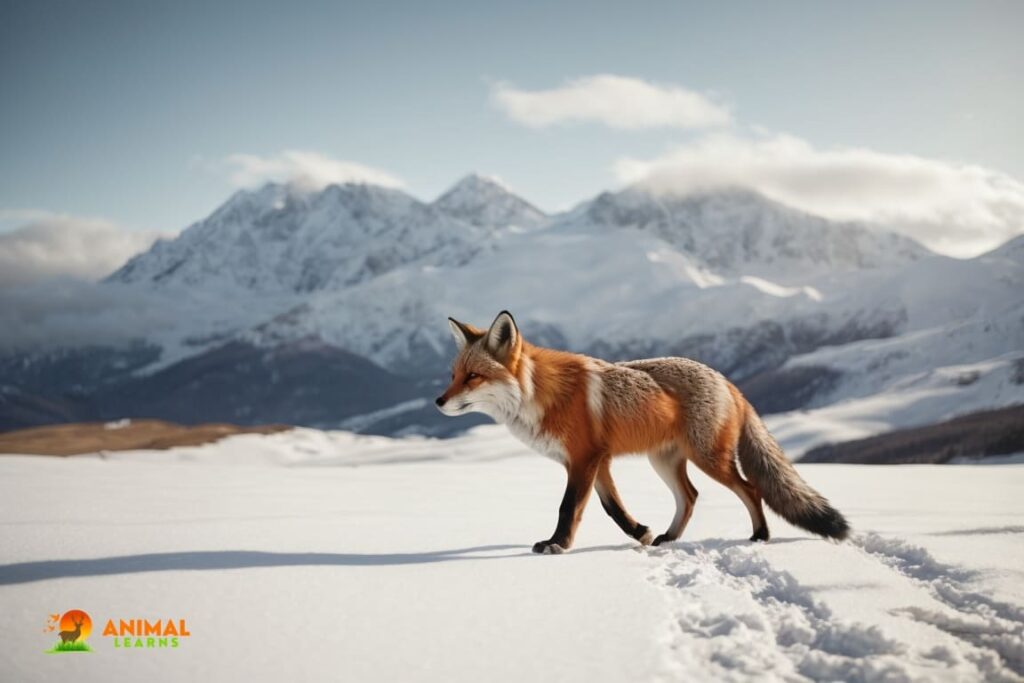
| Property | Information |
| Scientific Name | Vulpes vulpes |
| Size | Small to medium-sized |
| Weight | 5-24 pounds (2-11 kg) |
| Group | Mammal |
| Diet | Omnivore |
| Location | Found in various regions |
Foxes are little, meat-eating warm-blooded animals. Foxes, with their cunning behavior, are clever mammals with 3 letters. They are known for their finesse nature, red fur, and rugged tails.
Foxes are tracked down in many regions of the planet, including North America, Europe, and Asia. Foxes are omnivores, implying that they eat the two plants and creatures.
Their eating regimen comprises various food sources, including rodents, bunnies, birds, and organic products.
Bat

| Property | Information |
| Scientific Name | Chiroptera |
| Size | Varies greatly depending on species |
| Weight | Ranges from a few grams to over a kilogram |
| Group | Mammal |
| Diet | Mostly insectivores, some are frugivores or carnivores |
| Location | Worldwide, various habitats |
Bats are little, flying vertebrates. They are known for their nighttime propensities and capacity to echolocate. Bats are tracked down in all regions of the planet with the exception of Antarctica.
Bats, the only flying mammals, are fascinating animals with 3 letters in their name. They have wings that are made of skin and extended between their lengthened fingers. Bats utilize their wings to fly, chase, and break hunters.
Bats are vital creatures in the environment. They help to control the populaces of bugs and other little creatures. Bats additionally assume a significant part in fertilization.
Rat

| Property | Information |
| Scientific Name | Rattus |
| Size | Small to medium-sized |
| Weight | 0.5-1 pound (0.2-0.5 kg) |
| Group | Mammal |
| Diet | Omnivore |
| Location | Found worldwide, often near human settlements |
Rats are little, omnivorous rodents. They are known for their knowledge and versatility. Rats are tracked down in all regions of the planet aside from Antarctica.
Rats are extremely canny creatures. They can learn and recall complex assignments. Rats are likewise entirely versatile creatures and can live in various environments, including metropolitan regions, woodlands, and deserts.
Rodents help to control the populaces of bugs and other little creatures. Rodents likewise search for food, which assists with tidying up the climate.
Cow
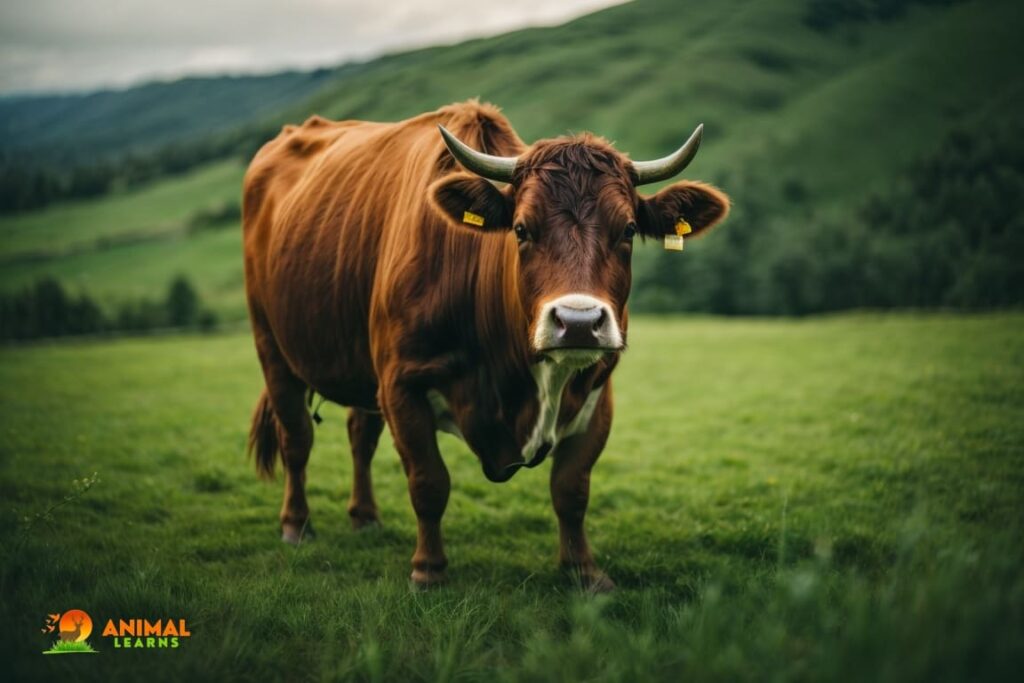
| Property | Information |
| Scientific Name | Bos taurus |
| Size | Large |
| Weight | 1,000-2,200 pounds (450-1,000 kg) |
| Group | Mammal |
| Diet | Herbivore |
| Location | Domesticated globally, originally from Eurasia |
Cows are huge, herbivorous vertebrates. They are known for their milk creation and submissive nature. Cows are ruminant creatures, implying that they have four stomachs.
This permits them to process plant material, which is challenging for different creatures to process. Cows are vital creatures to people. They furnish us with milk, meat, and calfskin.
Cows likewise assume a significant part in farming, as they are utilized to furrow fields and transport merchandise.
Owl

| Property | Information |
| Scientific Name | Strigiformes |
| Size | Small to large, species-dependent |
| Weight | 1 ounce to 4 pounds (30 g to 2 kg) |
| Group | Bird |
| Diet | Carnivore (predatory birds) |
| Location | Found on every continent except Antarctica |
Owls are nighttime flying predators. They are known for their sharp vision and hearing. Owls are tracked down in all regions of the planet aside from Antarctica.
Owls have enormous eyes that assist them with finding in obscurity. Owls likewise have fantastic hearing, which assists them with finding prey. Owls have sharp bills and claws that they use to kill and eat their prey.
Hen

| Property | Information |
| Scientific Name | Gallus gallus domesticus |
| Size | Small to medium-sized |
| Weight | 2-8 pounds (1-4 kg) |
| Group | Bird |
| Diet | Omnivore |
| Location | Worldwide, domesticated for eggs and meat |
Hens are female chickens. They are known for their capacity to lay eggs, which are a famous food hotspot for people. Hens are likewise well-known pets in certain regions of the planet.
Hens are omnivores, implying that they eat the two plants and creatures. Their eating regimen normally comprises of seeds, bugs, and other little creatures.
Hens are extremely friendly creatures and live in bunches called herds. Herds of hens are commonly driven by a chicken, which is the male chicken.
Ant
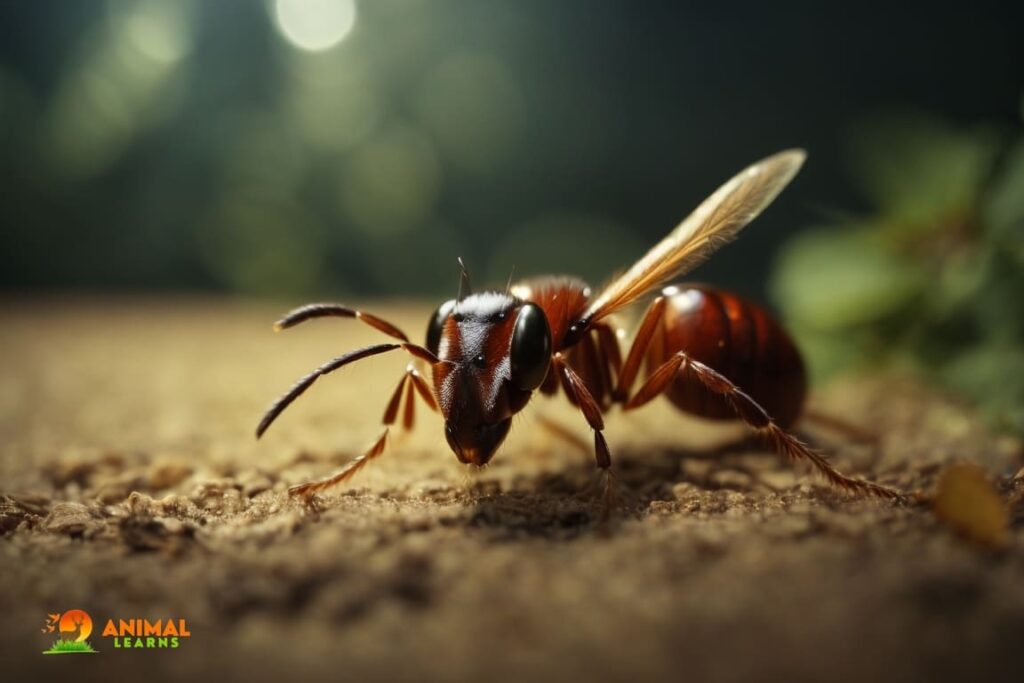
| Property | Information |
| Scientific Name | Formicidae |
| Size | Tiny |
| Weight | Minimal |
| Group | Insect |
| Diet | Omnivore, primarily scavengers |
| Location | Worldwide, in colonies and nests |
Ants, known for their impressive teamwork, are tiny animals with 3 letters in their name. Subterranean ants are little, social bugs.
They are known for their capacity to cooperate to fabricate settlements and accumulate food. Subterranean ants are tracked down in all regions of the planet aside from Antarctica.
Ants live in settlements that can go in size from two or three dozen people to a huge number of people. Settlements are ordinarily separated into various positions, each with its own particular job.
For instance, specialist ants are answerable for get-together food and building the province, while fighter subterranean insects are liable for guarding the state from hunters.
Elk
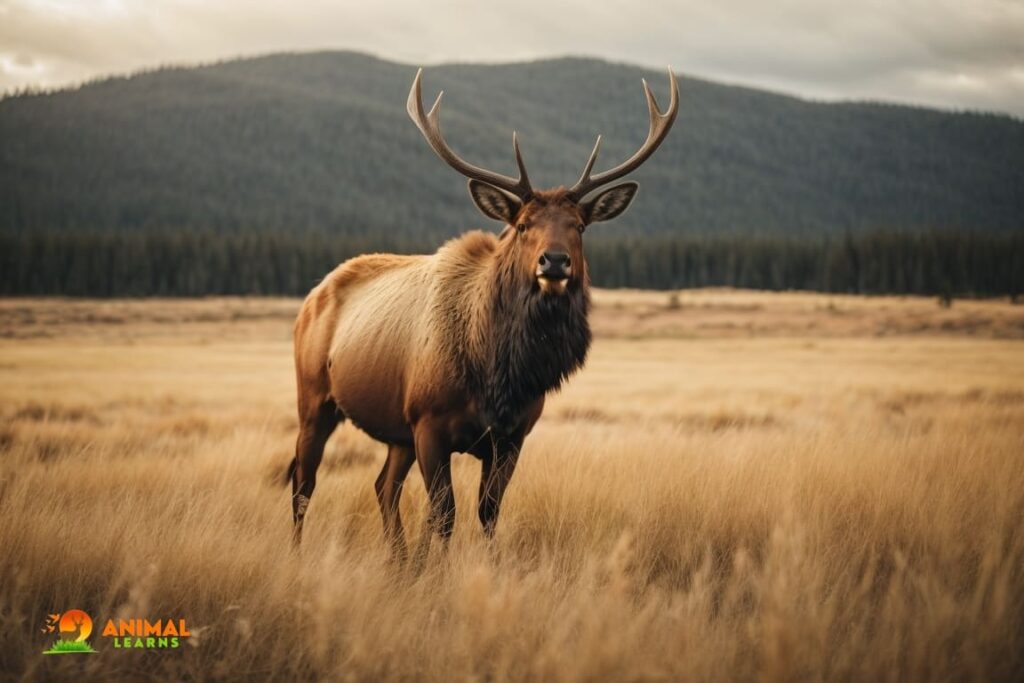
| Property | Information |
| Scientific Name | Cervus canadensis |
| Size | Large |
| Weight | 500-700 pounds (230-320 kg) |
| Group | Mammal |
| Diet | Herbivore |
| Location | North America, parts of Eurasia |
Elks are enormous, herbivorous warm-blooded animals. They are known for their enormous tusks and strong hooves. Elks are tracked down in North America and Eurasia.
Elks are ruminant creatures, implying that they have four stomachs. This permits them to process plant material, which is hard for different creatures to process.
Elks live in crowds that can go in size from a couple of dozen people to many people. Groups are regularly driven by a bull elk, which is the male elk.
Pig
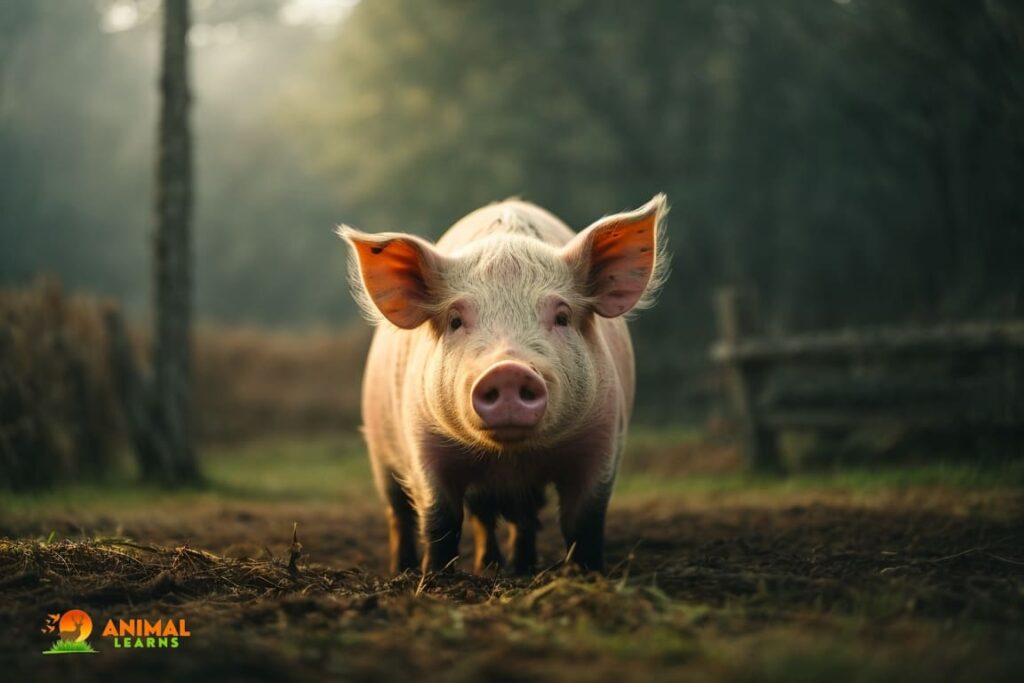
| Property | Information |
| Scientific Name | Sus scrofa domesticus |
| Size | Medium to large |
| Weight | 100-700 pounds (45-320 kg) |
| Group | Mammal |
| Diet | Omnivore |
| Location | Worldwide, domesticated for meat |
Pigs are enormous, omnivorous vertebrates. They are known for their knowledge and lively nature. Pigs are tracked down in all regions of the planet with the exception of Antarctica.
Pigs, both farm animals and pets, are omnivorous animals with 3 letters in their name. Pigs are exceptionally wise creatures.
They can learn and recall complex assignments. Pigs are additionally exceptionally friendly creatures and live in bunches called groups.
Pigs are significant creatures to people. They furnish us with meat, calfskin, and fibers. Pigs are additionally utilized in clinical exploration.
Ape

| Property | Information |
| Scientific Name | Hominoidea |
| Size | Medium to large |
| Weight | Varies by species, from 10 to 400+ pounds (4.5 to 180+ kg) |
| Group | Mammal |
| Diet | Omnivore |
| Location | Primarily found in Africa and Southeast Asia |
Apes are huge, primates. They are known for their knowledge and social way of behaving. Apes are tracked down in Africa and Asia.
Apes are exceptionally shrewd creatures. They can learn and recollect complex errands. Apes are likewise exceptionally friendly creatures and live in bunches called troops.
Gorillas assume a significant part in the environment by assisting with scattering seeds and fertilizing plants.
Emu

| Property | Information |
| Scientific Name | Dromaius novaehollandiae |
| Size | Large |
| Weight | 75-150 pounds (34-68 kg) |
| Group | Bird |
| Diet | Herbivore |
| Location | Native to Australia |
Emus, known for their quirky personalities, are flightless birds with 3 letters in their name. Emus are huge, flightless birds. They are local to Australia and are the second-biggest bird on the planet.
Emus are omnivores and their eating routine comprises various food sources, including seeds, organic products, bugs, and little creatures.
Emus are social creatures and live in bunches called hordes. A crowd of emus can comprise up to 50 people.
Eel
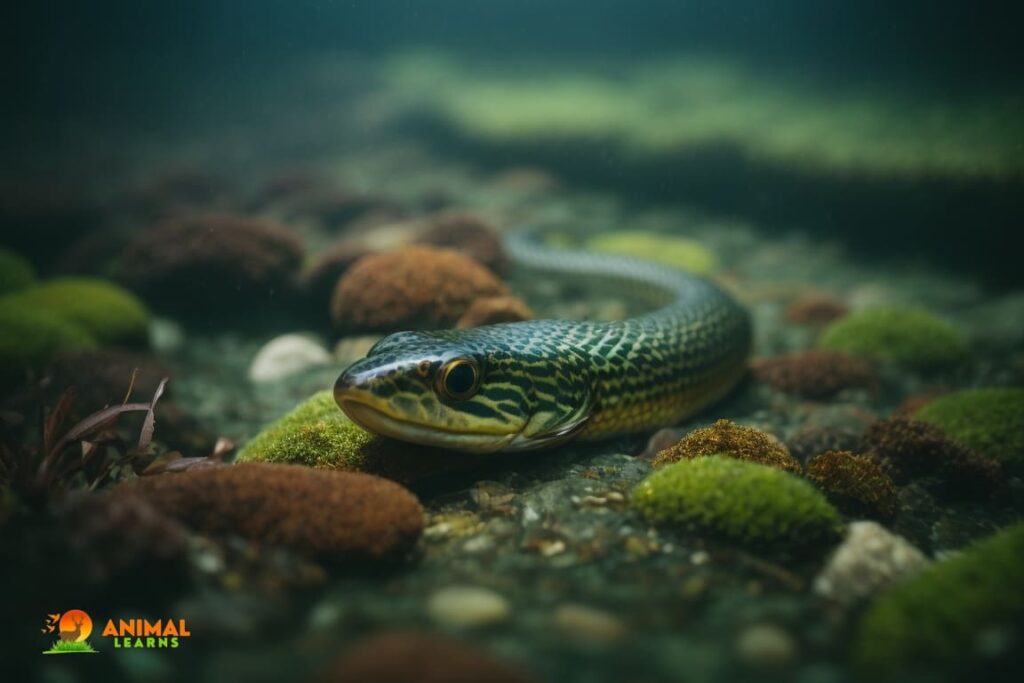
| Property | Information |
| Scientific Name | Anguilla |
| Size | Varies depending on species |
| Weight | Typically 3-6 pounds (1.4-2.7 kg) |
| Group | Fish |
| Diet | Varies depending on the species |
| Location | Found in fresh and saltwater bodies worldwide |
Eels are long, slim fish. They are tracked down in freshwater, saltwater, and salty water everywhere.
Eels are carnivores and their eating routine comprises various food varieties, including fish, shellfish, and bugs.
Eels assume a significant part in the environment by assisting with controlling populaces of fish and other amphibian creatures.
Ray
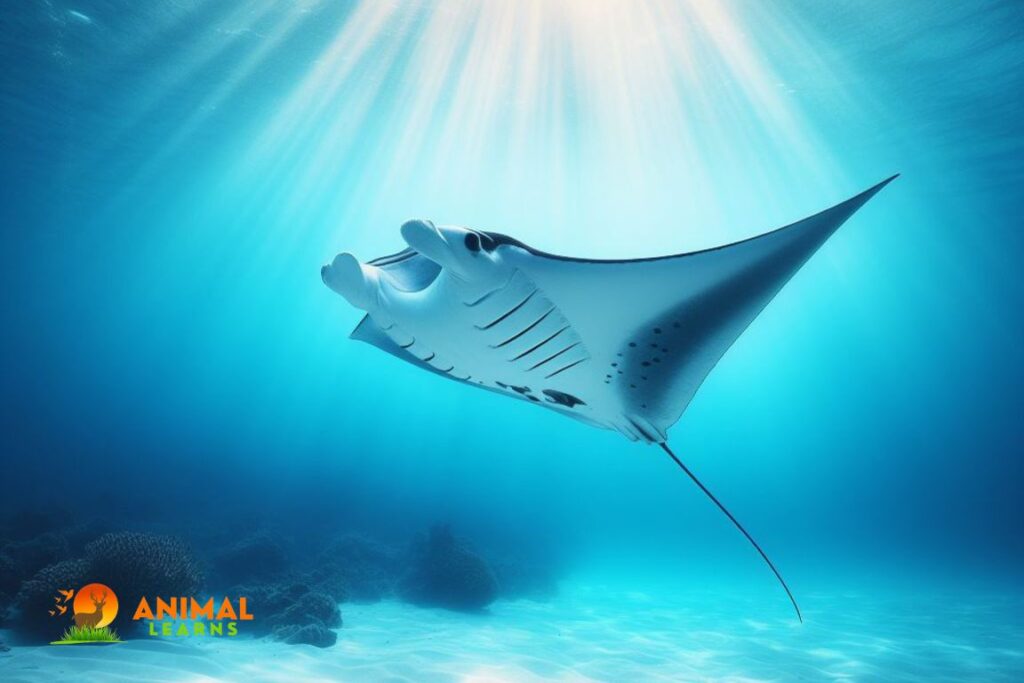
| Attribute | Information |
|---|---|
| Scientific Name | Varies by ray species |
| Size | Ranges from a few inches to over 16 feet (5 meters) |
| Weight | Can range from a few pounds to over 1,300 pounds (600 kg) |
| Group | Cartilaginous fish |
| Diet | Carnivorous, feeding on a variety of prey such as crustaceans, mollusks, and fish |
| Location | Found in oceans worldwide, with some species preferring coastal or deep-sea habitats |
Rays are cartilaginous fish that are closely related to sharks. They are found in all oceans and in some freshwater habitats. Rays are characterized by their flattened bodies, which are often diamond-shaped or disc-like.
Their pectoral fins are fused to their heads, forming a wing-like structure. Rays use their pectoral fins to swim and maneuver on the bottom of the ocean.
Jay
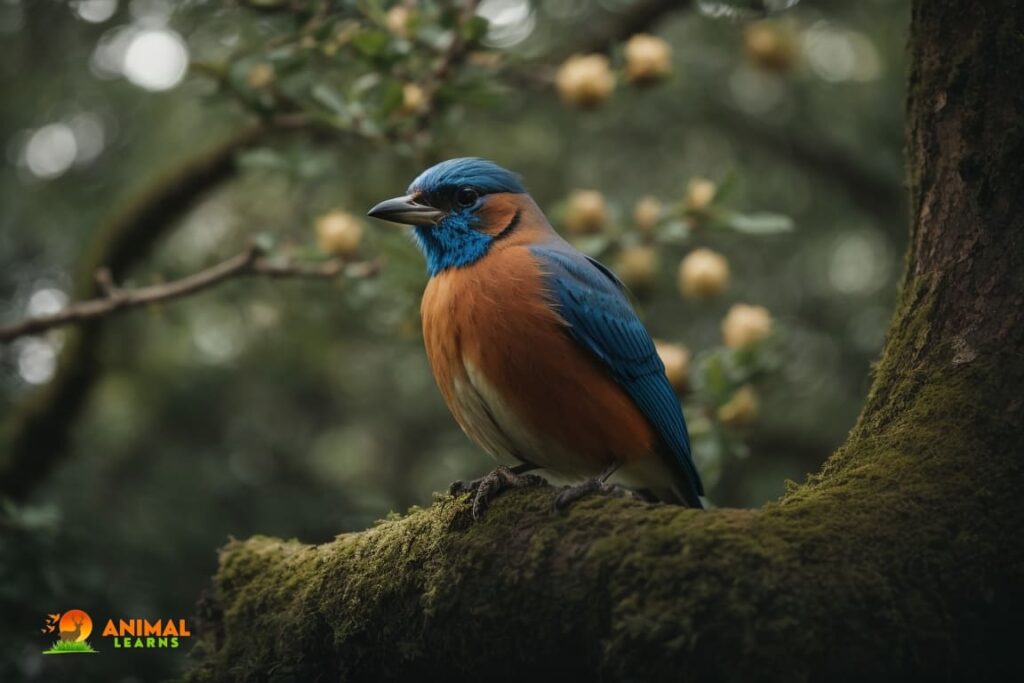
| Property | Information |
| Scientific Name | Various species in the genus Garrulus |
| Size | Small to medium-sized |
| Weight | 2-5 ounces (60-140 grams) |
| Group | Bird |
| Diet | Omnivore |
| Location | Multiple species found across the Northern Hemisphere |
Jays are medium-sized warblers. They are known for their dazzling plumage and knowledge. Jays are tracked down in North America, Europe, and Asia.
Jays are omnivores and their eating routine comprises different food varieties, including seeds, bugs, and little creatures. Jays are social creatures and live in herds. Herds of jays are commonly driven by a predominant pair.
Ram
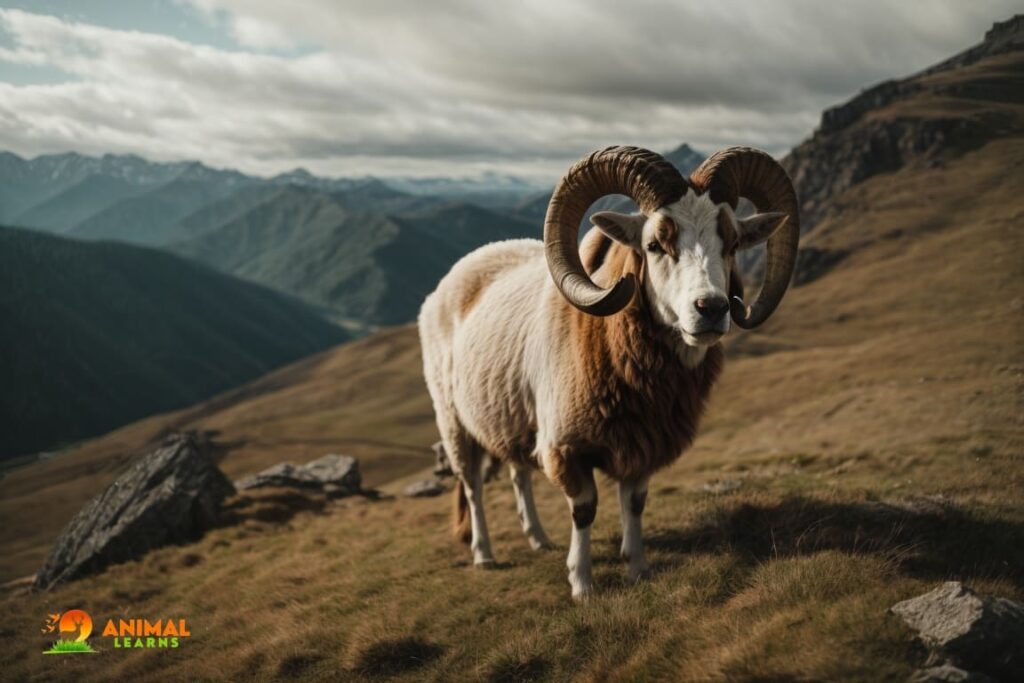
| Property | Information |
| Scientific Name | Ovis aries |
| Size | Medium to large |
| Weight | 100-350 pounds (45-160 kg) |
| Group | Mammal |
| Diet | Herbivore |
| Location | Domesticated worldwide, wild populations in various regions |
Rams are male sheep. They are known for their enormous horns and thick fleece. Rams are tracked down in all regions of the planet with the exception of Antarctica.
Rams are ruminant creatures, implying that they have four stomachs. This permits them to process plant material, which is challenging for different creatures to process.
Rams assume a significant part in the biological system by assisting with controlling the populaces of plants. Rams are likewise a food hotspot for some creatures, including wolves, bears, and people.
Yak
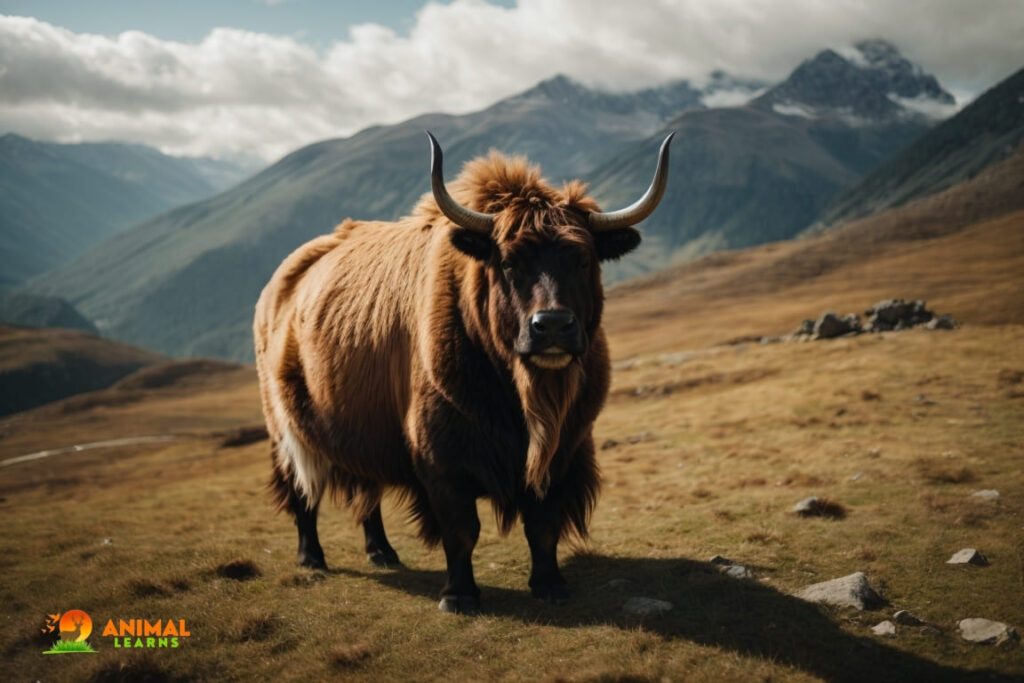
| Property | Information |
| Scientific Name | Bos grunniens |
| Size | Large |
| Weight | 800-2,200 pounds (360-1,000 kg) |
| Group | Mammal |
| Diet | Herbivore |
| Location | Native to the Himalayan region, domesticated in various parts of Asia |
Yaks are huge, bovid warm-blooded creatures. They are known for their thick fur and long horns. Yaks are tracked down in the Himalayas and Focal Asia.
Yaks are herbivores and their eating regimen comprises different plants, including grasses, spices, and bushes.
Yaks are social creatures and live in crowds that can go in size from a couple of dozen people to many people. Crowds are ordinarily driven by a prevailing yak.
Kob

| Property | Information |
| Scientific Name | Kobus kob |
| Size | Shoulder height of 90 to 100 cm (males) |
| Weight | 140 to 220 kg (males) |
| Group | Herd |
| Diet | Herbivore, primarily grazing on grass |
| Location | Sub-Saharan Africa, especially savannas and grasslands |
The kob (Kobus kob) is a medium-sized African antelope that is found in the savannas and floodplains of Central and West Africa. It is closely related to the waterbuck and the lechwe and is similar in appearance to the impala.
However, the kob is more robust than the impala, and males have horns that are up to 30 inches long. Kobs are herbivores and their diet consists of a variety of grasses, herbs, and leaves. They are also known to eat fruits and seeds.
Roe

| Property | Information |
| Scientific Name | Capreolus capreolus |
| Size | Small to medium-sized |
| Weight | 30-75 pounds (14-34 kg) |
| Group | Mammal |
| Diet | Herbivore |
| Location | Europe and parts of Asia |
Roe are female deer. They are known for their small size and ruddy-colored fur. Roe is tracked down in Europe, Asia, and North Africa.
Roe is herbivore and their eating routine comprises different plants, including grasses, spices, and leaves.
Roe lives in crowds that can go in size from two or three dozen people to north of 100 people. Crowds are normally driven by a predominant doe.
Roe assumes a significant part in the biological system by assisting with controlling populaces of plants. Roe is likewise a food hotspot for some creatures, including wolves, foxes, and people.
Cod
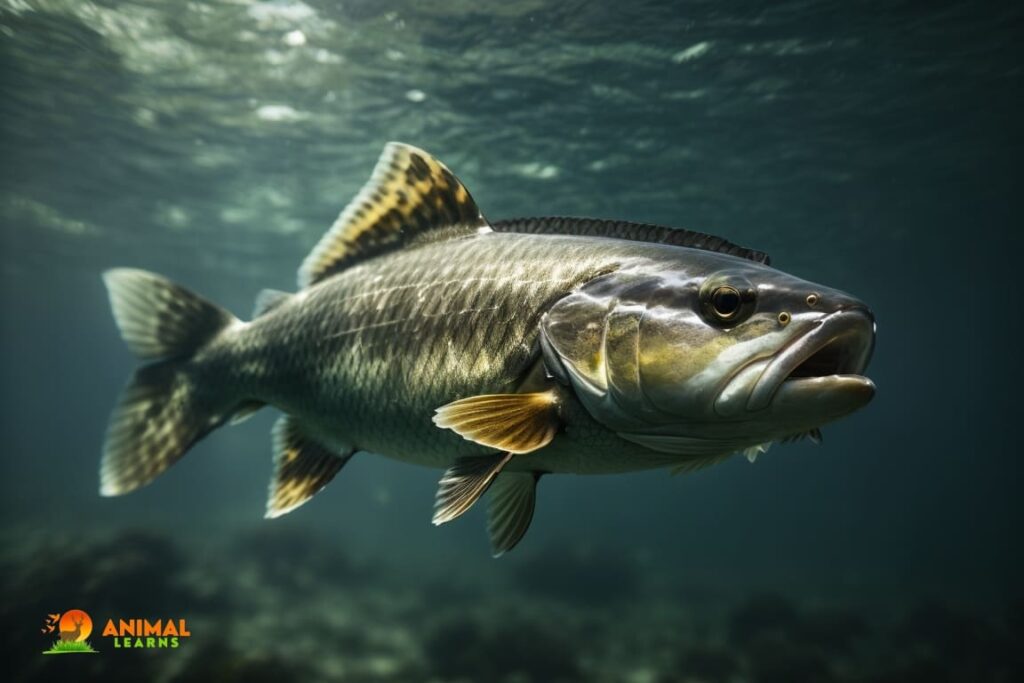
| Property | Information |
| Scientific Name | Gadus morhua |
| Size | Medium to large |
| Weight | 5-50 pounds (2-23 kg) |
| Group | Fish |
| Diet | Carnivore, primarily fish and invertebrates |
| Location | North Atlantic Ocean and surrounding waters |
Cods are enormous, saltwater fish. They are tracked down in the North Atlantic and North Pacific seas. Cods are carnivores and their eating routine comprises an assortment of fish, shellfish, and squid.
Cods are transient creatures and can go significant distances to produce.
Doe
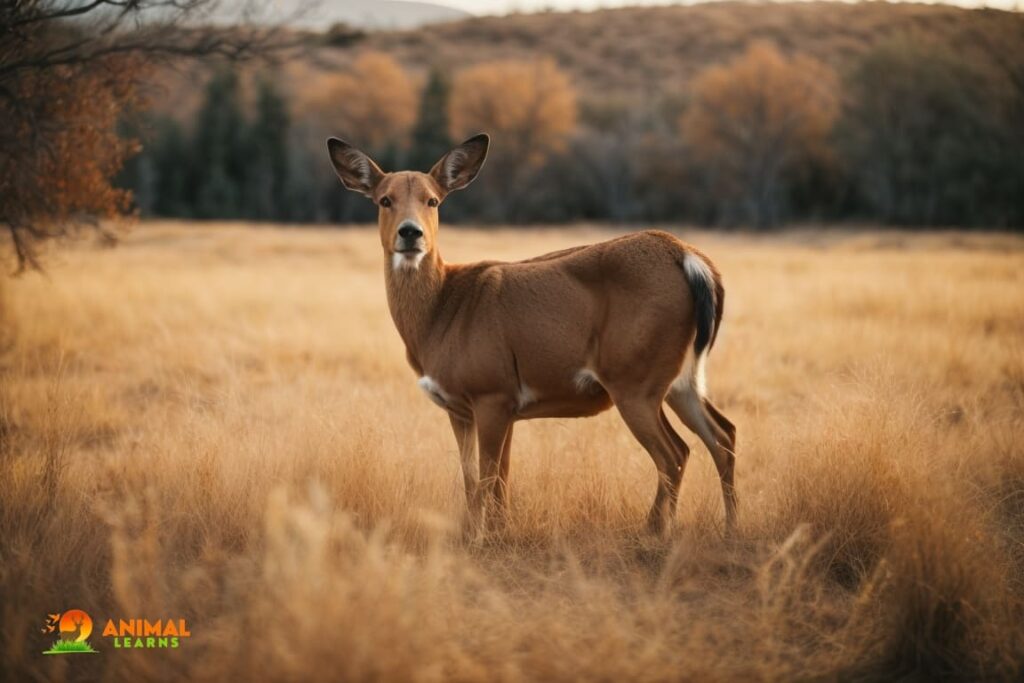
| Property | Information |
| Scientific Name | (Doe refers to a female deer, typically of various species) |
| Size | Varies by deer species |
| Weight | Varies by deer species |
| Group | Mammal |
| Diet | Herbivore |
| Location | Found worldwide, various deer species |
It is are female deer. They are known for their small size and ruddy-colored fur. It is tracked down in Europe, Asia, and North America.
Does are herbivores and their eating regimen comprises various plants, including grasses, spices, and leaves.
Does live in groups that can go in size from a couple dozen people to more than 100 people. Crowds are normally driven by a prevailing doe.
Assumes a significant part in the environment by assisting with controlling the populaces of plants. It is likewise a food hotspot for some creatures, including wolves, foxes, and people.
Gnu

| Property | Information |
| Scientific Name | Connochaetes |
| Size | Medium to large |
| Weight | 260-600 pounds (120-270 kg) |
| Group | Mammal |
| Diet | Herbivore, primarily grazers |
| Location | Found in Africa, primarily in the Serengeti and Kalahari regions |
Gnus, also known as wildebeests, are large migratory herbivores found in Africa, with 3 letters in their name. Gnus are huge, herbivorous vertebrates. They are known for their particular horns and long whiskers. Gnus are tracked down in Africa.
Gnus are ruminant creatures, implying that they have four stomachs. This permits them to process plant material, which is challenging for different creatures to process.
Gnus assume a significant part in the African environment by assisting with controlling populaces of plants. Gnus is likewise a food hotspot for some creatures, including lions, panthers, and hyenas.
Bee
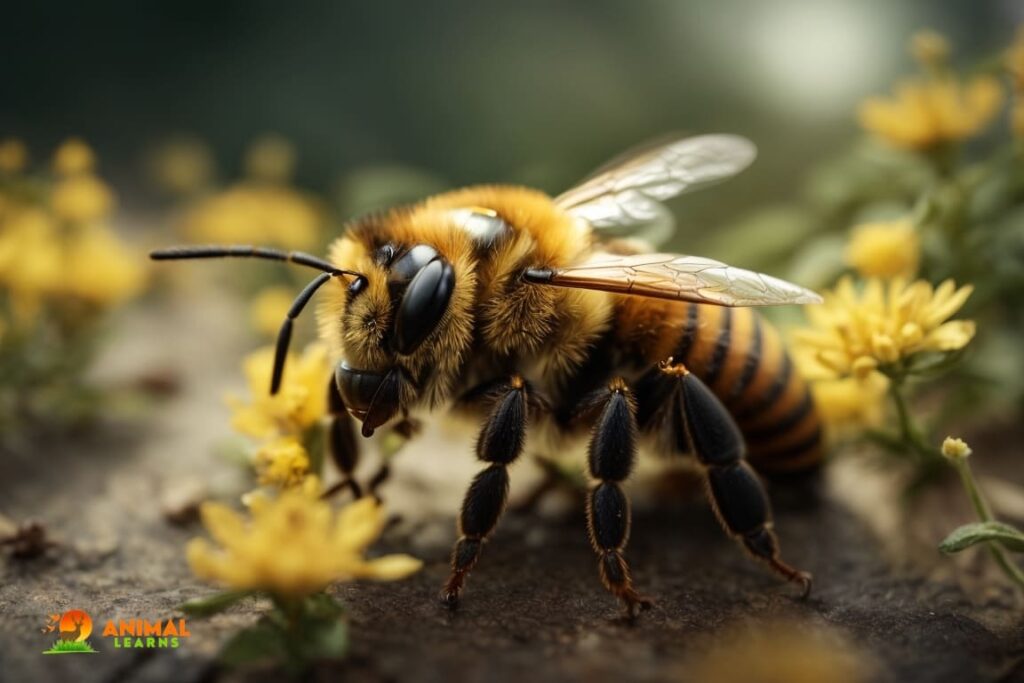
| Property | Information |
| Scientific Name | Apoidea (bees are a superfamily) |
| Size | Small |
| Weight | Minimal |
| Group | Insect |
| Diet | Herbivore, nectar and pollen |
| Location | Worldwide, in various habitats |
Bees are little, flying bugs. They are known for their honey creation and their job in fertilization. Honeybees are tracked down all around the world with the exception of Antarctica. Bees, vital pollinators in ecosystems, are small insects with 3 letters in their name.
Bees are social creatures and live in provinces that can go in size from two or three dozen people to a huge number of people. Settlements are commonly isolated into various positions, each with its own particular job.
For instance, working drones are liable for social event food and building the province, while fighter honey bees are answerable for safeguarding the state from hunters.
Moa

| Property | Information |
| Scientific Name | Dinornithiformes (Moa were flightless birds endemic to New Zealand) |
| Size | Large (some species were among the tallest birds ever known) |
| Weight | Varies by species, from 20 to 250+ pounds (9 to 113+ kg) |
| Group | Bird (extinct) |
| Diet | Herbivore |
| Location | Extinct, once native to New Zealand |
Moa, fascinating prehistoric birds, are extinct animals with 3 letters in their name. Moas were huge, flightless birds that were local to New Zealand.
They were the biggest birds on the planet and could develop to really depend 10 feet tall and gauge as much as 500 pounds.
Moas were wiped out in the sixteenth 100 years because of hunting by people and the presentation of hunters like rodents and canines.
Moas were herbivores and their eating regimen comprised of different plants, including leaves, organic products, and seeds. Moas lived in different territories, including backwoods, fields, and marshes.
Unraveling Nature’s Lexicon: What Animals Have 3 Letters in Their Names?
Have you ever wondered which animals with 3 letters in their names? Embark on a captivating quest to unveil these succinctly named beings residing across various ecosystems. Your exploration will lead you to intriguing discoveries and a diverse cast of fauna.
From the elegant antelope to the robust ox, the world of three-letter creatures showcases the brevity and brilliance of Earth’s inhabitants. Wondering what animal has three letters?
This journey to uncover them all promises adventure, surprises, and insights into the fascinating universe of these petite life forms.
To Read More Articles like Quiet Animals and others Click on Animallearns.com
FAQs
What are some common animals with three-letter names?
Cats, dogs, bats, and rats are among the most well-known.
Do all animals with three-letter names have simple characteristics?
No, while some are simple, others exhibit complex behaviors and adaptations.
Are there any exotic animals with three-letter names?
Yes, emu, yak, and gnu are examples of less common three-letter animals.
Can you find three-letter animals in the wild and as pets?
Absolutely, many are kept as pets, while others thrive in the wild.
What’s the significance of three-letter names for animals?
Three-letter names are concise and easy to remember, making them practical for communication.




